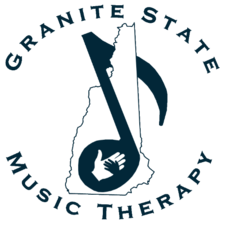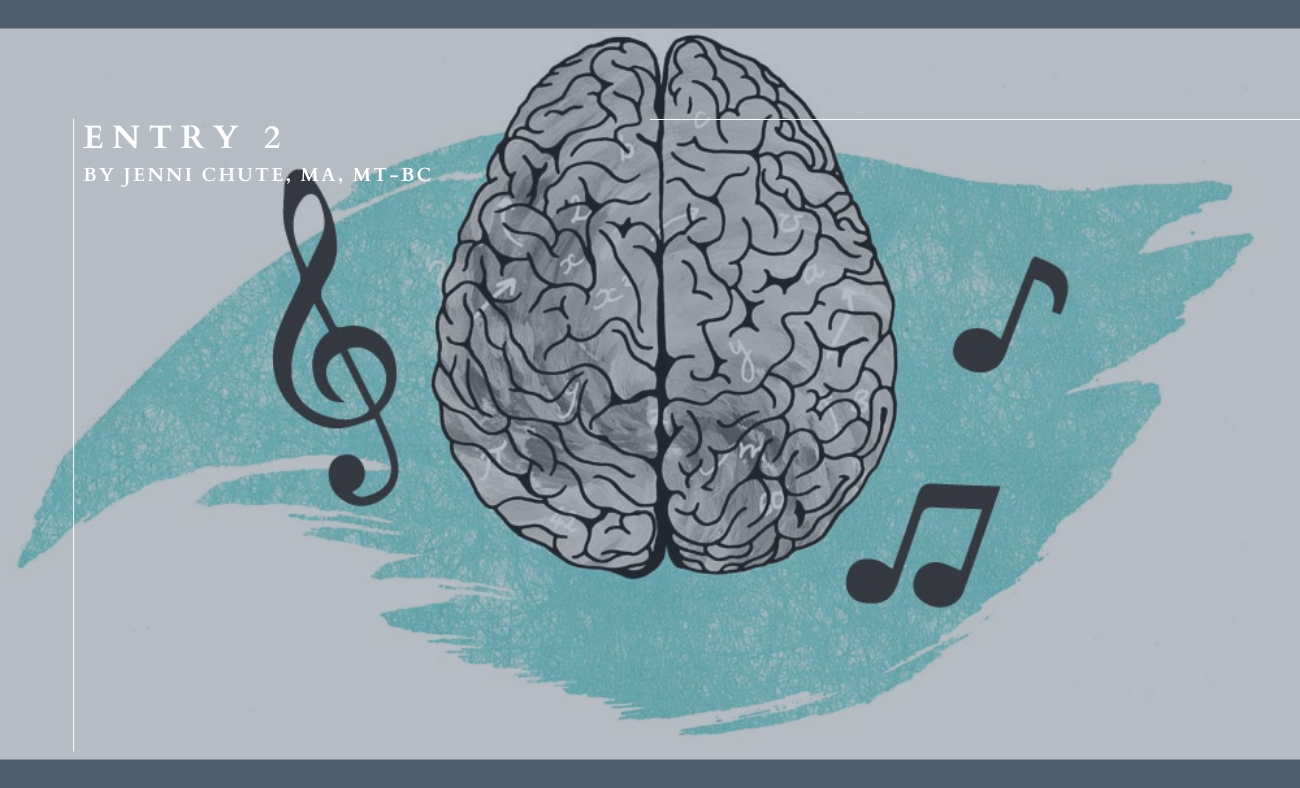Exercising the Brain with Music Therapy
We used to think that once we got to be a certain age, our brain was the way it was going to be, and that was that. We have since learned that the brain changes over time, and we can work on forming new connections even as we get older. The brain’s neuroplasticity allows it to reorganize pathways and create new connections. Music helps us make those connections and form pathways between neurons that otherwise might be lacking.
Pathway Pruning
At birth, a child is born with the number of neurons they will have. By age three, they have developed way more synapses than they ever will have in adulthood. (Synapses are places of connection between neurons in the brain.) This is because as a child gets older “pruning” happens, where the strong pathways that are used all the time become stronger, and then the weaker synapses that aren’t being used fall away. When children are young, music can speed up the strengthening of synapses since there is so much going on in their brains when they hear the music and it activates many different regions at the same time. For adults, it can create pathways where maybe some pruning had happened because as they say, “if you don’t use it, you loose it.” The pathways that once fell away are able to be built up once again.
Regions of the Brain
Each area of the brain does something different, but the nice thing about music is that it can activate different areas for different reasons. The lyrics to a song activate the language part of the brain, yet at the same time the music itself can provoke some kind of emotion for that person, which is monitored by the limbic system. It depends upon how a person is involved in the musical experience. If they are paying attention to directions and need to plan, their prefrontal cortex is doing a lot of work. However, if someone is improvising, they are going off their innate or preserved musical skills. In this case, the part of the brain that plans and monitors everything shuts down, and parts of the brain that control spontaneity and instinct become hard at work.
Music as a Motivator
Often a music therapist organically uses music as a reward during the session. If I am playing “pass the drum” and I sing the next person’s name and it is not passed, I pause. That pause is natural, it isn’t glaring obvious that I have brought everything to a half because the client didn’t pass the drum. However, I do take that positively reinforcing stimuli away briefly and do not start it again until the drum is passed. The drum is pretty fun, and sometimes it is difficult to pass it along if you want it all to yourself. But I do the activity every time, and each time we do, that connection becomes stronger (the connection between passing the instrument to their peer and being rewarded). It is not only pleasant, since they remember getting a smile and more music, but it is also re-wiring their brain to want to share more with their peers.
Inside the Mind of a Music Therapist
I think sometimes it just seems like a music therapist is running a fun activity (which is often the case!), but there is a lot of other stuff going on. The music therapist is constantly assessing how the client is reacting, and changing what they are doing to achieve the most desirable outcomes. The songs are carefully chosen with certain goals in mind. Sometimes a music therapist may stick to the same songs over and over because the children in the group are having difficulty focusing and need the predictability of familiar songs and routine. Other times the music therapist might feel like they are losing attention because it is too repetitive, and they switch it to shift the client’s brain back to the activity with novel auditory stimuli.
A Takeaway
Music elicits emotion. It takes us to different places while helping us keep our feet firmly on the ground. It connects us and brings us joy, while also challenging our brains and strengthening our minds. Just as it is hasty to judge a book by its cover, there is usually a lot more going on in a music therapy session than meets the eye.
Author: Jenni Chute, MA, MT-BC
Editor: Sonya Imperio, MT-BC
Stay up-to-date with our latest resources!
Sign up for our newsletter!
We value your privacy.





